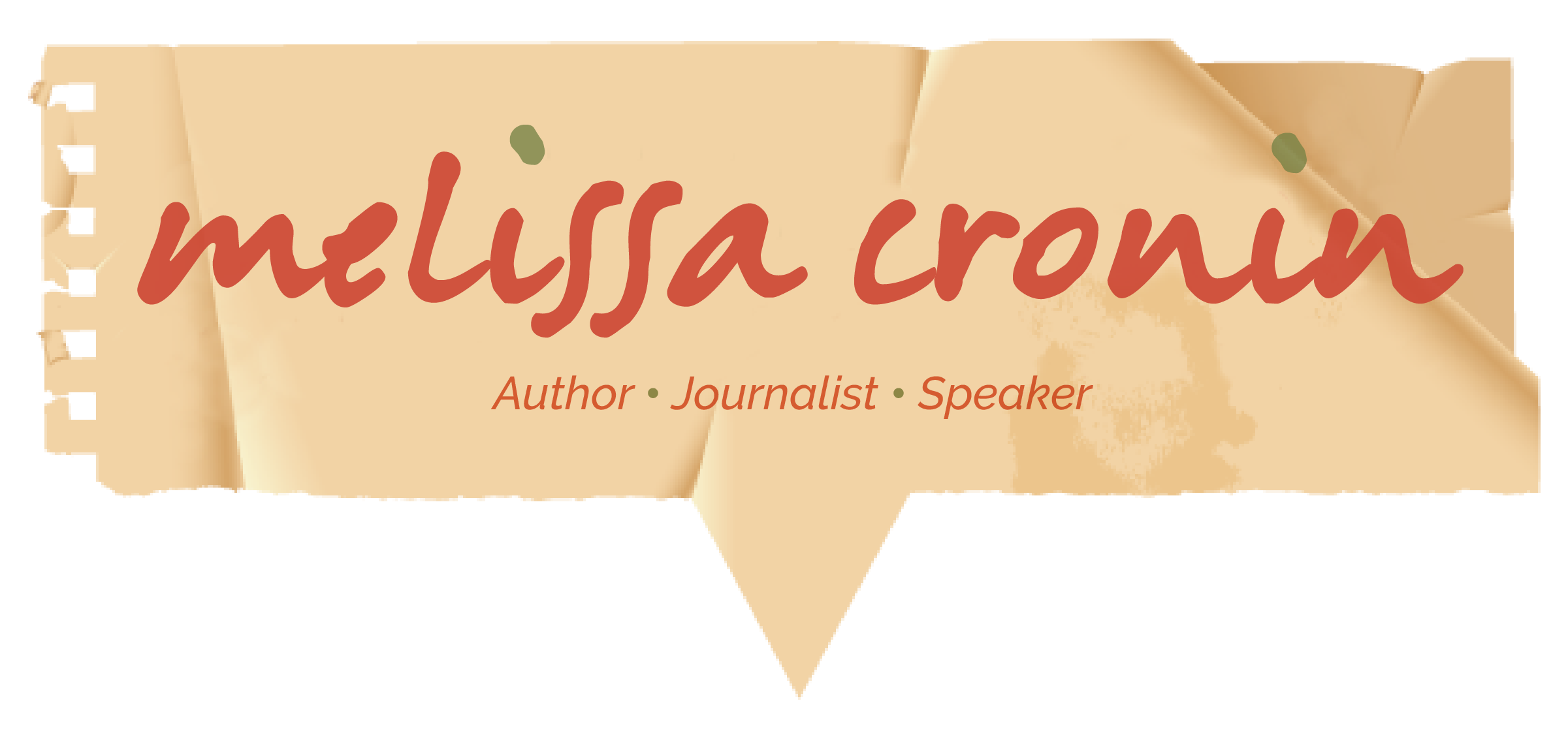Post-Traumatic Stress Disorder: A Re-Wired Brain
When exposed to danger, it’s natural to be afraid. Our bodies are triggered to make a split-second decision to either face the danger, or run from it: the “flight-or-fight” response. This is a healthy reaction. But in those with PTSD, they continue to be afraid and feel stressed long after the danger has passed – in my case, the speeding car at the Santa Monica Farmers’ Market. Symptoms, like avoiding places that trigger memories of the event, nightmares, depression, and hyper-vigilance – heightened awareness of your surroundings – may interfere with day-to-day-life. In hyper-vigilance, there is a perpetual scanning of the environment for sights, sounds, smells, or anything that is a reminder of threat or trauma. Just because you have been in a car accident, for instance, doesn’t mean you’ll be hyper-vigilant only for screeching brakes or beeping horns.
A month after my psychologist told me I had PTSD, I called her, wondering if I should go to the emergency room because my toe was red – I thought I had a life-threatening infection (I’m a nurse, and sometimes nurses know too much). I wouldn’t sleep in my bedroom on the third floor of my apartment because I was afraid of dying in a fire (I worked as a burn nurse years ago).
Months later, when shopping at an outside market with my father, I suddenly felt short of breath and couldn’t swallow. I told him he needed to drive me to the emergency room because I thought I was having a heart attack. I was a physically fit, non-smoking, lover-of-veggies thirty seven year old. I was not at risk for a heart attack. I called 911 three more times in the next few months, because I thought I was having allergic reaction: first to chocolate, then shellfish, then a bug bite. Miraculously, each time the EMT’s arrived, my rapid pulse slowed and my quivering body relaxed. I was suffering from panic attacks.
Before the accident, I had been known for my calm demeanor, and my no-worry attitude in my family. When working in the neonatal intensive care unit, I had been known for my in-control, I-can-handle-this disposition, even when a baby’s heart rate plummeted to near zero. After the accident, I felt as if there was a circuit breaker inside my brain that tripped at random moments, sending sparks into my nervous system. I didn’t know exactly where the breaker was located, or how to stop it from tripping. I reasoned that my brain had been re-wired. My reasoning was accurate – recently, I learned that researchers have found differences in the structure and circuitry of the brain between those with PTSD and those without it.
http://www.ptsd.va.gov/professional/treatment/overview/clinicians-guide-to-medications-for-ptsd.asp


Melissa, this is both a brave and informative post. It’s important for people to realize that PTSD affects people beyond those returning from war, including quite likely people we know.
Thanks, Patrick, for taking the time to read this post, and for your support.
Thank you for sharing. Can I ask if you still experience symptoms and if not, how did u get through it?
Hi Sherri.
Thank you for reaching out and reading my post here. While I do still experience some PTSD symptoms, mostly a hyper-startle response, I have not had a panic attack in a long time. I do suffer from chronic anxiety, but I’ve learned to be better aware of what it is that makes me anxious. And when I am on the verge of panic attack, I’m now able to talk myself out of it. What helps most is envisioning a stop sign, and saying the word “stop” out loud. Of course, I’ve had a lot of help along the way – talk therapy, EMDR treatment, and cognitive therapy. And I am lucky in that I have a very supportive partner. Also, I practice meditation, do yoga, and engage in activities that bring me joy, like going for walks, blueberry picking, sitting by the lake near where we live, and more.
I hope this helps!
Again, thank you for reaching out.
Melissa